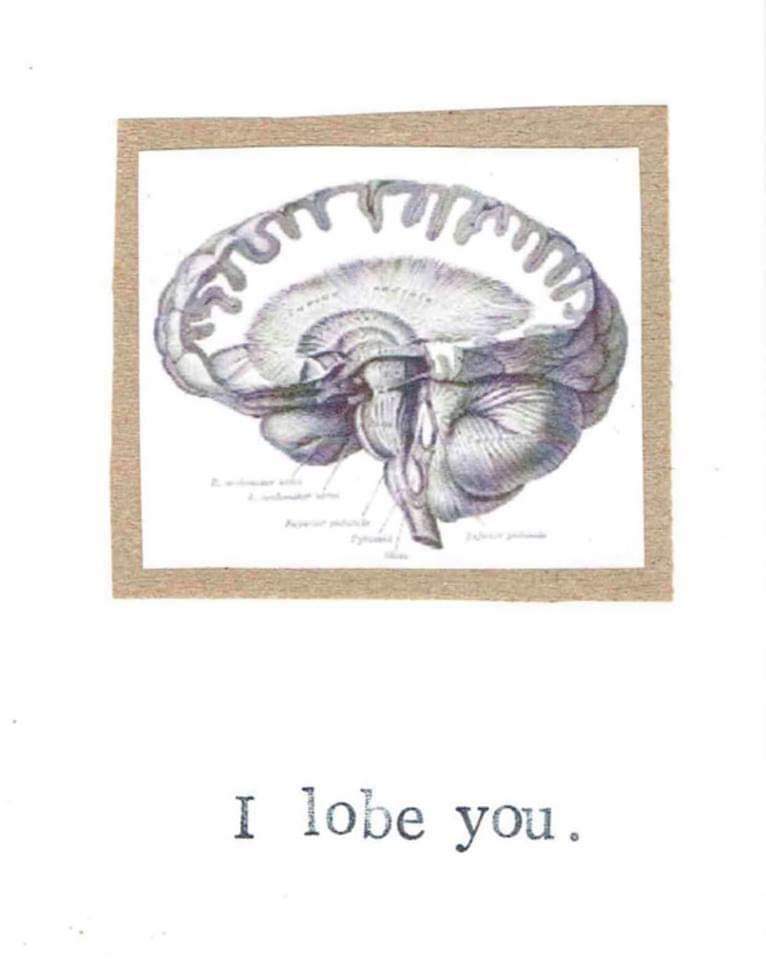Marijuana and the brain

The therapeutic use of the marijuana plant (called Cannabis Sativa), dates back thousands of years. Ancient civilizations – including both Greek (Herodotus) and Roman societies in Europe, as well as Indian and Chinese cultures in Asia – appreciated that this plant could produce relaxation, euphoria, and several other psychopharmacological actions.
In more recent times, medicinal use of marijuana has largely subsided (although it remains useful in relieving the symptoms of terminal cancer patients); the recreational use of marijuana has become so popular that some societies have decriminalised its use.

Understanding the brain mechanisms underlying the actions of marijuana was advanced by the discovery that a cannabinoid, Δ-tetrahydrocannabinol (THC) (pic3) is the active component of marijuana. This finding led to the development of synthetic derivatives, such as WIN 55,212-2 and rimonaband, that have served as valuable tools for probing the brain actions of THC. Of particular interest is that receptors for these cannabinoids exist in the brain and exhibit marked regional variations in distribution, being especially enriched in the brain areas- such as substantia nigra and neostriatum (caudate nucleus & putamen) – that have been implicated in drug abuse.
The presence of these brain receptors for cannabinoids led in turn to a search for endogenous cannabinoid compounds in the brain, culminating in the discovery of endocannabinoids such as 2-AG and anandamide. This path of discovery closely parallels the identification of endogenous opioid peptides, which resulted from the search for endogenous morphine-like compounds in the brain.
Given that THC interacts with the brain endocannabinoid receptors, particularly the CB1 receptor, it is likely that such actions are responsible for the behavioral consequences of marijuana use. Indeed, many of the well-documented effects of marijuana are consistent with the distribution and actions of brain CB1 receptors.
For example, marijuana effects on perception could be due to CB1 receptors in the neocortex, effects on psychomotor control due to endocannabinoid receptors in the basal ganglia and cerebellum, effects on short-term memory due to cannabinoid receptors in the hippocampus, and the well-known effects of marijuana on stimulating appetite due to hypothalamic actions.
While formal links between these behavioral consequences of marijuana and the underlying brain mechanisms are still being forged, studies of the actions of this drug have shed substantial light on basic synaptic mechanisms, which promise to further elucidate the mode of action of one of the world’s most popular drugs.
References
Chakravarti, B., Ravi, J., & Ganju, R. K. (2014). Cannabinoids as therapeutic agents in cancer: current status and future implications. Oncotarget, 5(15), 5852.
Freund, T. F., Katona, I., & Piomelli, D. (2003). Role of endogenous cannabinoids in synaptic signaling. Physiological reviews.
Iversen, L. (2003). Cannabis and the brain. Brain, 126(6), 1252-1270.
Neuroscience, Fifth Edition by Dale Purves, George J. Augustine, David Fitzpatrick, William 5th (fifth) Edition
Onaivi, E. S. (2009). Cannabinoid receptors in brain: pharmacogenetics, neuropharmacology, neurotoxicology, and potential therapeutic applications. International review of neurobiology, 88, 335-369.
